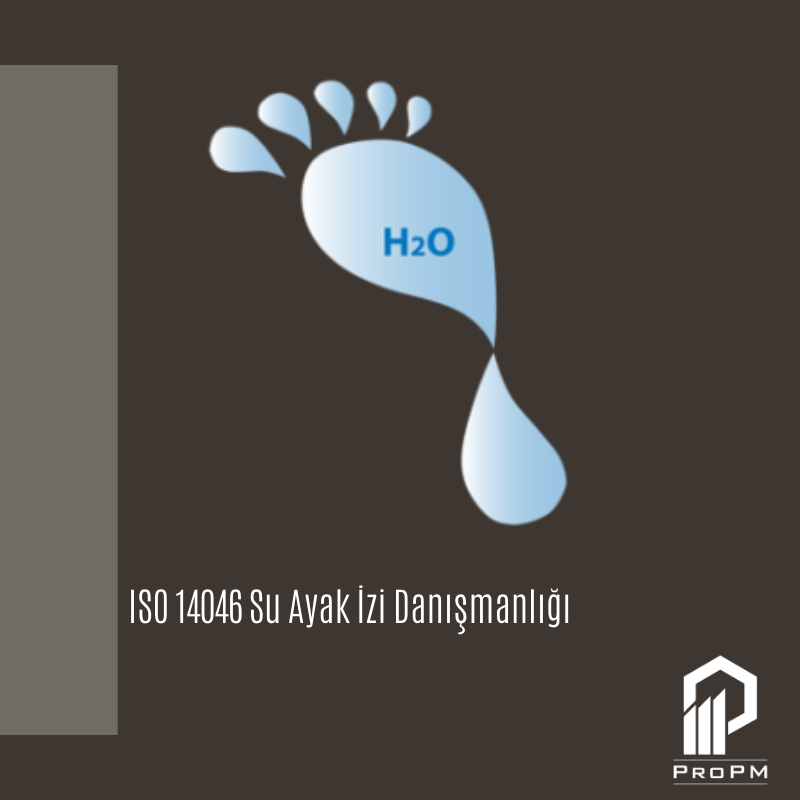What is the ISO 14046 Standard?
The ISO 14046:2014 Water Footprint Standard provides an international methodology for assessing the impacts of a product on water consumption and water quality throughout its life cycle.
This standard is based on the Life Cycle Assessment (LCA) approach and is implemented in integration with ISO 14040 and ISO 14044.
ISO 14046 provides businesses with the opportunity not only to reduce water consumption but also to develop water management strategies, strengthen reporting standards, and present reliable data in sustainability reports.
How to Obtain ISO 14046 Water Footprint Certification?
Current Situation Analysis:
An inventory of the organization's water use throughout the production, process, and supply chain is created.
Data Collection and Assessment:
Blue (surface and groundwater), green (rainwater), and gray (pollution-related) water footprints are determined.
Life Cycle Assessment (LCA):
Water impacts are analyzed by product or process using the ISO 14046 methodology.
Developing a Water Management Strategy:
Critical water usage areas are identified, and reduction and recovery targets are established.
Reporting and Certification:
The prepared report is verified against ISO 14046 requirements, and a Water Footprint Certificate is obtained through an accredited organization.
Water Footprint Consulting
As ProPM Engineering, we provide end-to-end consulting support to organizations within the scope of the ISO 14046 Water Footprint Standard.
Our engineering-based approach ensures both data accuracy and reportability.
Our consulting scope:
Planning and defining water footprint analysis boundaries
Calculations of blue, green, and gray water footprints specific to production processes
Life Cycle Assessment (LCA) studies in accordance with ISO 14046
Identification of water efficiency opportunities and recovery areas
Management of the reporting, verification, and certification process
Integration of ISO 14046 with ISO 14064 (Carbon Footprint) and ISO 46001 (Water Efficiency) systems
Corporate Benefits of ISO 14046 Certification
Reduction in water consumption and pollution load
Strong environmental performance indicators in sustainability reports
Identification and management of water risks
Environmental monitoring system integrated with carbon footprint
Transparency in the supply chain and the advantage of responsible production
Strengthening corporate reputation and international competitive advantage

